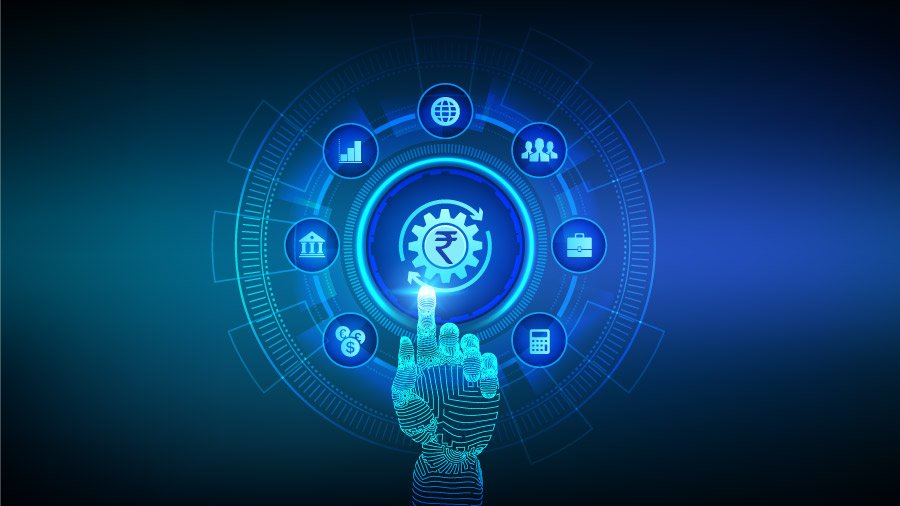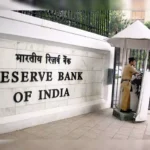Top 5 Fintech Trends to Watch in 2025 – The fintech landscape is experiencing an unprecedented boom, fueled by evolving customer preferences and quick technological advancements. As we navigate this dynamic shift, the opportunities for innovation and growth are limitless! Companies and customers are increasingly adopting digital payment methods in place of cash. Digital-first financial ecosystems, like contactless payments and smartphone wallets, are rapidly taking over. Fintech is still important to increasing accessibility, increasing user experiences, and promoting financial inclusion as the global payments industry rises. In addition to transforming established markets, this change is opening up new doors in growing nations.
Even though overall payments growth may decelerate (with a CAGR expected to fall from 9% to 5% by 2028), the industry is still expected to make $2.3 trillion in revenue, according to BCG’s Global Payments Report 2024. Value is becoming more and more prominent to investors, which is making an environment where competition in the fintech industry is driven by innovation. Here in this blog, we will learn about the Top 5 Fintech Trends to Watch in 2025, and some important questions.

Top 5 Fintech Trends to Watch in 2025
It is expected that the global fintech market would reach $141.18 billion by 2028, up from $103.75 billion in 2024, due to the rise of online payments, integrated financial services, and the rising need for digital solutions in the coming areas. The following are the main Top 5 Fintech Trends to Watch in 2025 –
Embedded Finance Accelerates
Financial services are increasingly being flawlessly integrated into non-financial platforms. Payment, financing, and insurance services are being combined directly into the ecosystems of social media platforms, SaaS markets, and e-commerce platforms. This change eases more flawless user experiences and helps in the financial process optimization of small and medium-sized businesses (SMBs). Regulatory, compliance, and security issues plague embedded finance apart from its potential.
Businesses will consider purchasing, developing, or collaborating with fintech firms to make embedded solutions as demand rises. It is expected that strategic alliances will predominate, allowing platforms to take advantage of fintech know-how while lowering development risks. In the future, artificial intelligence (AI) and data analytics will enhance embedded finance solutions even more, resulting in individualized financial products that are catered to user behavior and industry-specific needs.
The Quickening of CBDCs
Digital finance is still being shaped by the emergence of Central Bank Digital Currencies (CBDCs). To enhance financial inclusion, lower transaction costs, and update payment infrastructure, governments around the world are investigating CBDCs. While some nations, like the US and Sweden, are still in the exploratory stage, others, such as the Bahamas, China, and Nigeria, have introduced or piloted CBDCs.
It is hoped that the utilization of CBDC would increase in 2026 as countries work together on cross-border payment projects. Private fintech businesses are building digital wallets and infrastructure to support these projects.
The Development of Decentralized Finance (DeFi)
DeFi, which was previously a young market, is now maturing. Decentralized lending, borrowing, and trading protocols are still being enhanced by platforms. Expect increased scalability, improved liquidity, and broader regulatory frameworks to advance the use of DeFi by 2025.
Platforms for decentralized insurance and risk reduction are also becoming more popular, providing customers defense against dangers like smart contract flaws. DeFi infrastructure will become more combined with traditional banking as it develops, resulting in hybrid models that bring together the finest features of both sectors.
Banking-as-a-Service’s Future (BaaS)
Adoption of BaaS is transforming, but not without difficulties. BaaS was first moved by alliances between banks and fintechs, but it is now being questioned because some of these agreements have not make the expected results. Banks are searching for fintech partners with demonstrated API knowledge as they become more aware.
In the future, thriving BaaS providers will focus on niche markets, offering customized financial products and going beyond conventional financial institutions.
Fintech’s AI-Powered Personalization
The delivery of financial services is being redefined by artificial intelligence (AI). Fintechs are utilizing AI to improve customer engagement and increase operational efficiency via everything from hyper-personalized banking experiences to AI-driven fraud detection.
Predictive analytics, effective assistants, and chatbots powered by AI will be important in deciding how consumers engage with businesses in 2025. By recognizing fraudulent activity in real time, this trend not only boosts security but also enhances personalization.
The Future Is Here Now
Innovation, teamwork, and transforming consumer hopes characterize the finance view in 2025. Fintech firms must remain adaptable to stay competitive as the sector evolves with embedded finance, CBDCs, DeFi, and AI.
In Conclusion
For the FinTech industry, 2025 looks to be a very interesting year. FinTech trends will constant to change the financial environment due to the arrival of digital-only banks, the effects of blockchain technology, and the rising importance of cybersecurity. The sector will be further shaped by developments in payment technology, the threat to established banking models, and bank-FinTech cooperation. Future possibilities for open banking and financial inclusion are highly promising.
FAQs
FinTech: What is it?
The term financial technology, or fintech, describes the application of technology to provide modern financial services and products. It includes many industries, including digital payments, mobile banking, blockchain, and artificial intelligence.
Why is cybersecurity important for the FinTech industry?
Because financial transactions and personal data are sensitive, cybersecurity is one of the most crucial topics in the FinTech industry. They are desirable targets for cybercriminals due to their rising reliance on digital platforms. Strong cybersecurity measures are put in place to protect customer information, stop financial fraud, and guarantee legitimate compliance.
What adjustments can conventional banks make to accommodate the FinTech revolution?
Traditional banks should hold digital transformation and combine FinTech solutions into their services to keep up with the FinTech revolution. This could entail investing in technological infrastructure, forming strategic union with FinTech firms, and making modern products and services to satisfy the changing customer demands.
What benefits do contactless payments provide?
Convenience, speed, and enhanced security are just some benefits of contactless payments. Instead of using actual cash or entering a PIN, customers can full transactions by just tapping their cards or cellphones on a contactless-allowed device. Moreover, contactless payments are more safe than conventional payment methods since they make use of tokenization technology.








